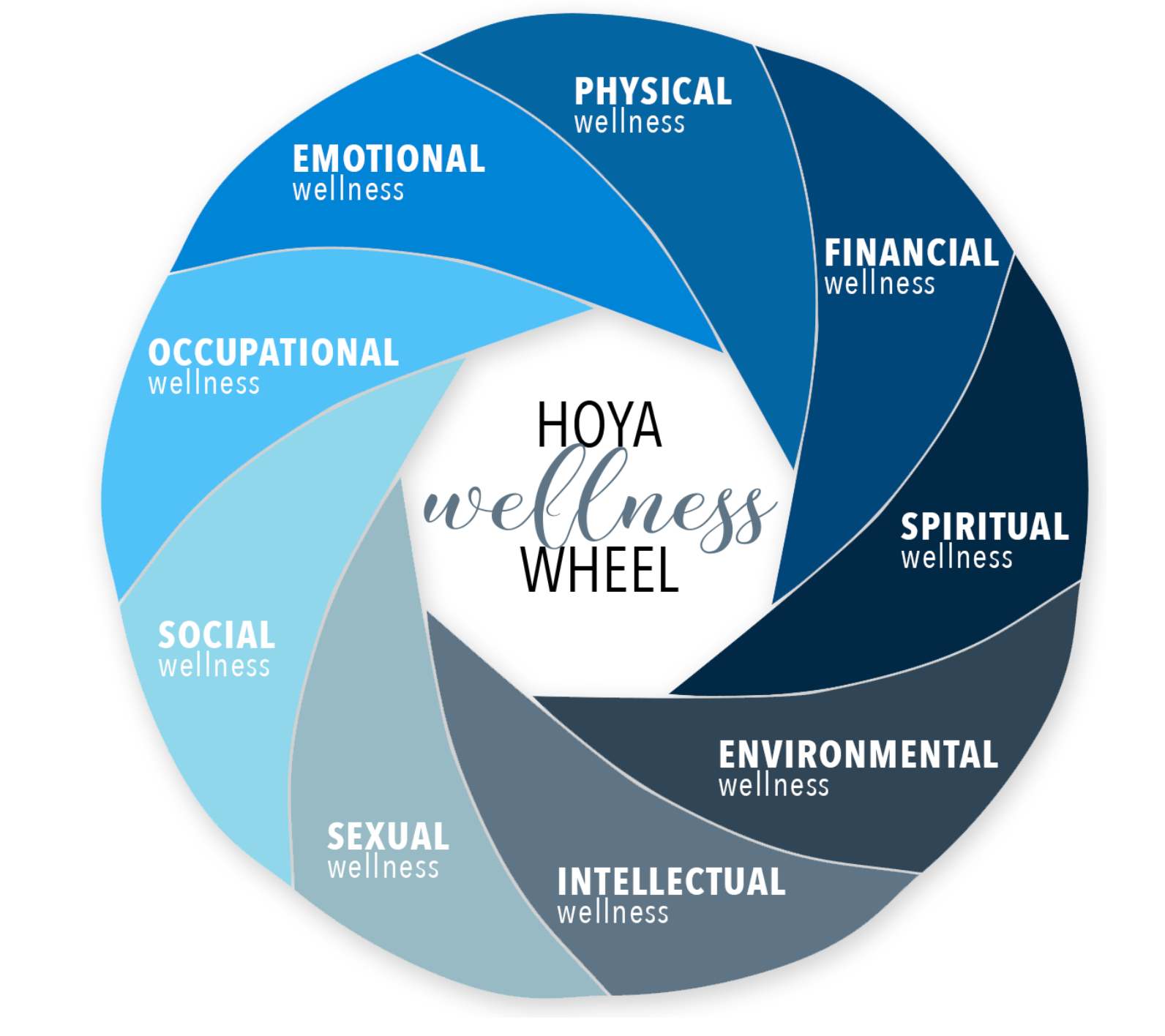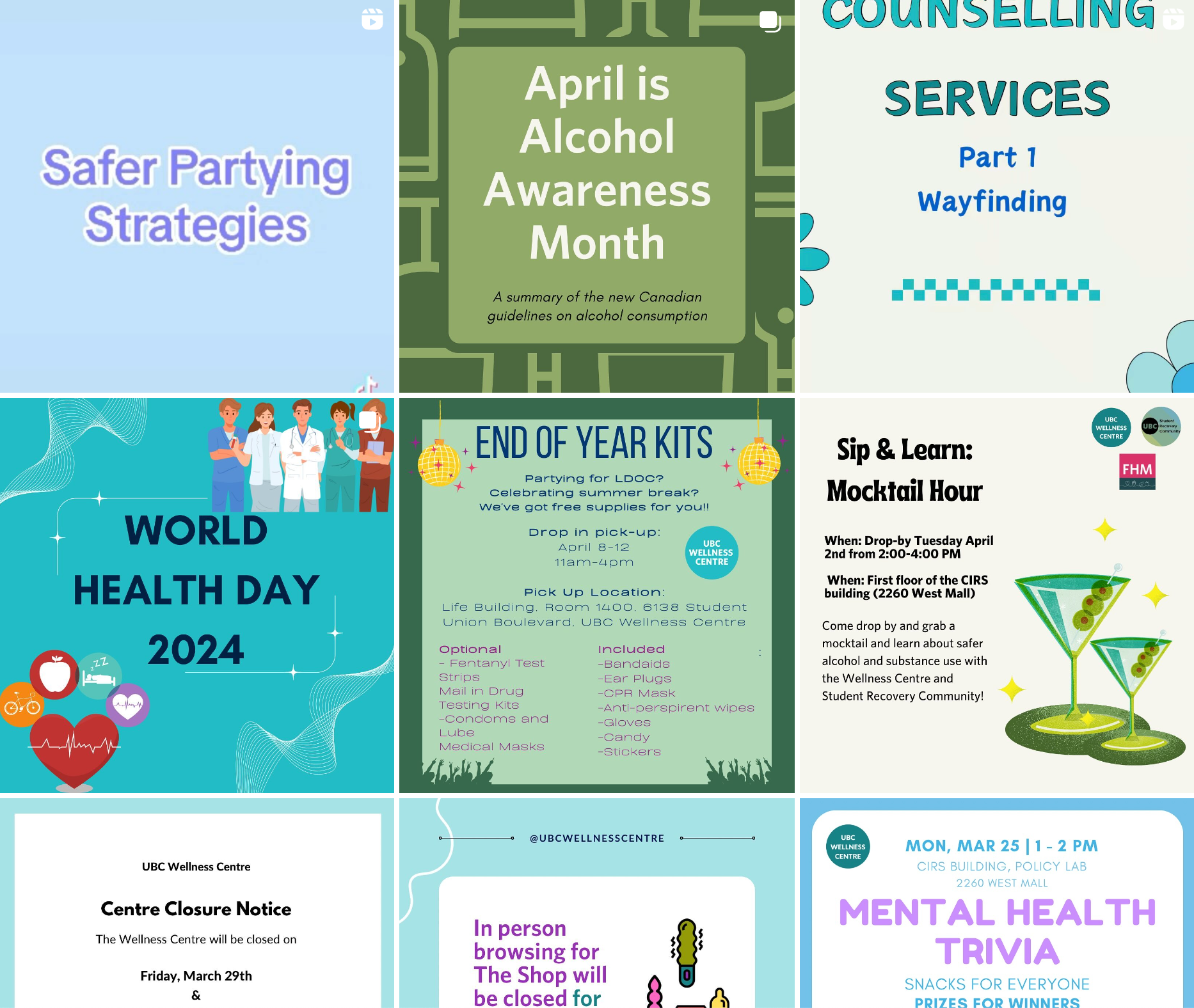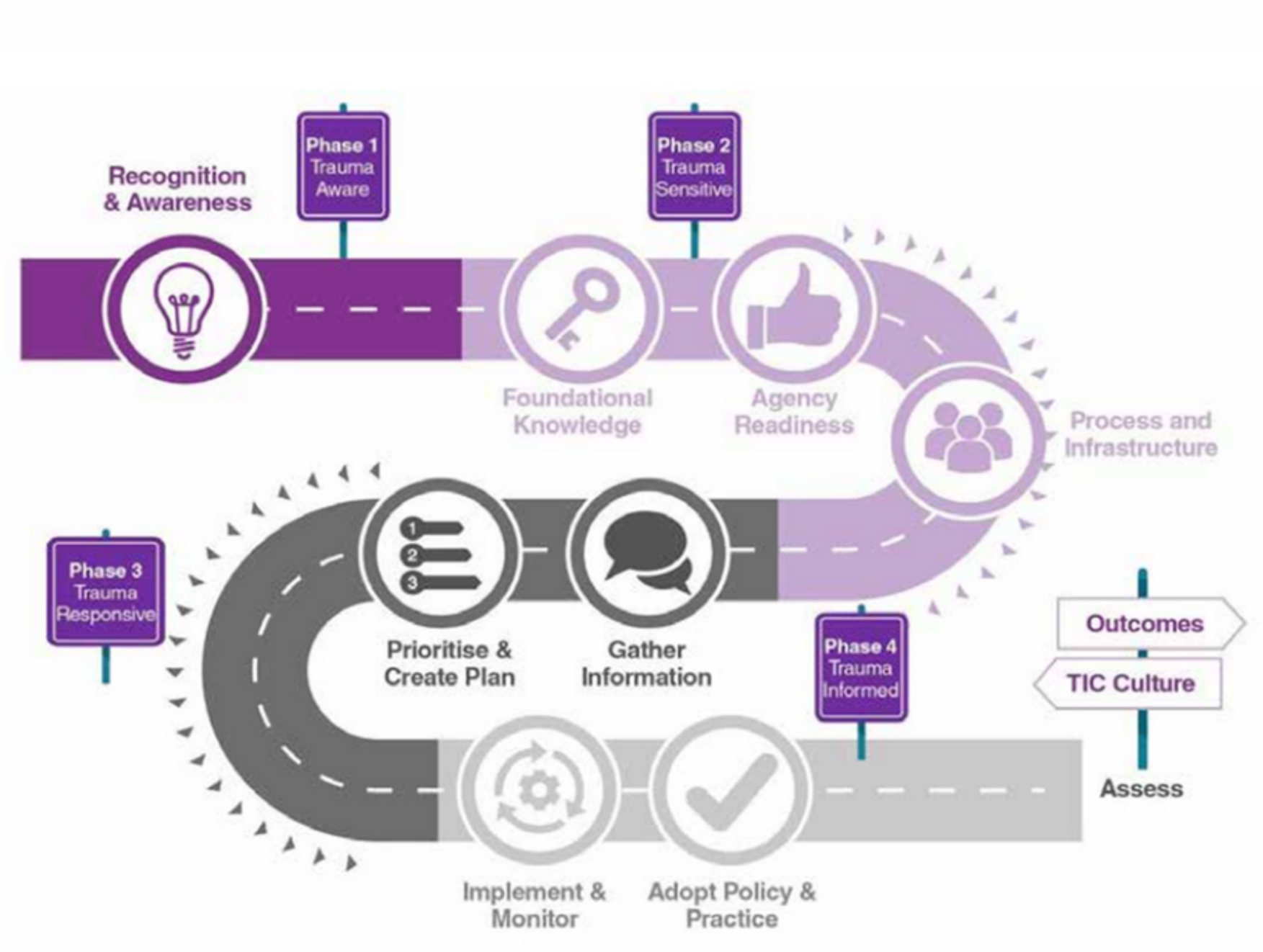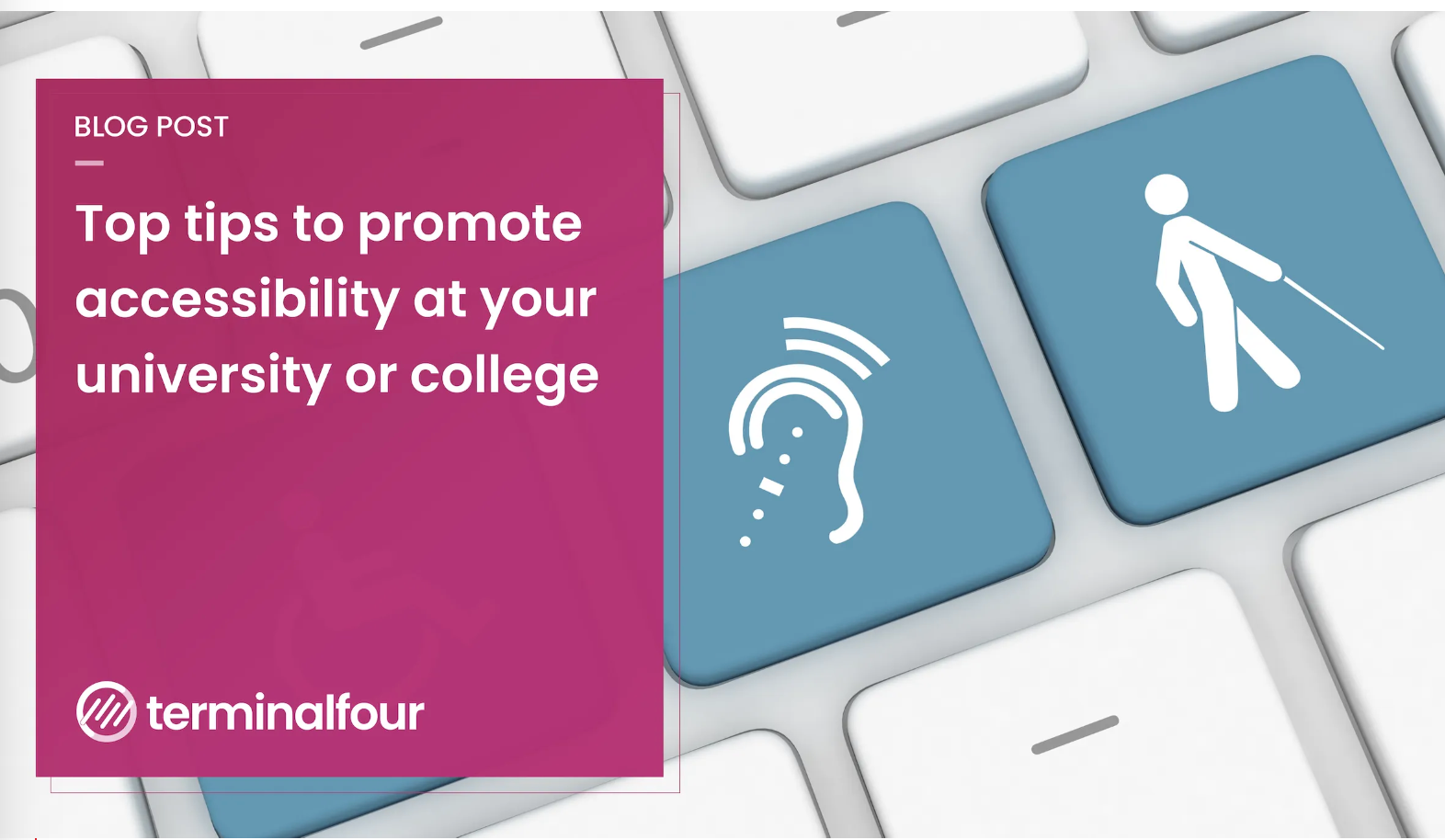Trauma-informed (TI) teaching has been a focus in higher education for many years now.
Educators have been looking at the impact of trauma on students' well-being and learning and the broader impacts of trauma.
Traumatic events can have a deep impact on students (and staff!), affecting their emotional well-being, their behavior, and capacity to learn and perform, as well as their relationships at school and beyond.
So it’s become key for educators to provide support and create a safe and nurturing environment for students.
And as universities and colleges look to implement campus-wide TI frameworks, should higher education marketers also take a trauma-informed marketing approach?
In this article, we look at what TI marketing is and how you can implement it in your institution
What is trauma-informed (TI) marketing?
The concept of trauma-informed teaching (and marketing) comes from well-established principles of trauma-informed care, which prioritizes safety, trustworthiness, choice, collaboration, and empowerment.
Georgetown University promotes its HOYA Wellness Wheel, which outlines all resources available on Georgetown's campus that address these nine areas of wellness. The goal is to encourage students to assess how these dimensions affect their lives and make healthier choices to promote a more robust, healthier lifestyle.
Trauma-informed marketing in the context of higher education looks at the impact of trauma on students and involves creating marketing materials that are sensitive to those experiences.
It can mean using language that’s respectful and non-triggering, avoiding distressing details, and using positive and hopeful messaging.
By assuming from the get-go that some prospective students will come from a background of trauma or mental health issues, your marketing department can use a trauma-informed approach to build trust and engagement with them.
Why use TI marketing?
Students bring their own experiences—including trauma—to their higher education journey.
So creating a safe environment for them shows empathy and understanding, and can help build trust and foster a sense of belonging.
TI marketing can also retention by helping students navigate challenges and access resources they may not have known about.
University of British Columbia aims to be a global leader in championing well-being for their students, faculty, and staff, and Instagram is just one of the ways market their wellness services with their own Wellness Centre’s Instagram account
In fact, TI marketing can help support diversity and inclusion by recognizing the unique needs of students from different backgrounds, especially as trauma disproportionately affects marginalized communities, including students of color, LGBTQ+ individuals, immigrants, refugees, and individuals with disabilities.
By amplifying those voices and experiences, you can contribute to your DEI efforts and promote greater inclusion.
We already know that Gen Z prioritizes wellness, so adopting a marketing approach that demonstrates your commitment to holistic support can help build a positive reputation and help your recruitment efforts.
How to adopt a trauma-informed approach in marketing
How you approach marketing materials is key to creating a safe and supportive environment.
Prospective students who have experienced trauma will immediately recognize messaging that is supportive and caring.
Here are some first steps to get you started:
1. Get TI training
Many institutions offer trauma-informed training that could be beneficial for marketers, admissions counselors, faculty members, and other stakeholders.
This can help you understand the realities of how trauma can impact students' experiences, and how you can use trauma-informed principles in your school’s communications.
In fact, trauma requires sensitivity and awareness of its impact on students’ lives, so training or consulting trauma-informed care professionals is highly recommended before developing TI marketing strategies and materials.
Lancashire University and Lancashire Violence Reduction Network produced an organizational toolkit (link opens a PDF) that can be used by higher education marketers to understand trauma and how to create a trauma-informed culture.
2. Audit your current marketing materials
The first step is to review what you already have in terms of marketing material, including website content, social media posts, brochures, and ads and evaluate them. Are they sensitive to potential trauma a student may have experienced? Do they actively promote a safe and supportive environment?
3. Get feedback
Consider putting together a focus group to get input from students, staff, and faculty members and to understand their perspectives on existing materials and to get ideas of where you can do things better (or differently).
4. Update your messaging and imagery
With the feedback from your focus group, begin updating your marketing content to ensure it’s inclusive and takes a sensitive TI approach, removing triggering language or imagery. Instead, emphasize the importance of safety and belonging, promoting initiatives and features that make your campus welcoming and inclusive, where students are valued and supported.
5. Promote your wellness and support services
Highlight well-being services and resources available at your school, including peer support groups, counseling services, wellness centers, academic support programs, and student organizations.
6. Market educational support
Your academics are most likely already customizing support plans for their students, so why not make this part of your marketing messages, showing the supportive and caring approach your faculty members take to teaching?
You could, for example, interview your teaching faculty and have them speak on the subject, or include this approach in your marketing messaging.
7. Prioritize accessibility
Review your marketing materials for accessibility, and remove as many obstacles as possible, including community-building among students, faculty, and staff to create a supportive network for those with accessibility issues or who may have experienced trauma.
8. Recognize students’ efforts
Creating campaigns that recognize students’ efforts and getting them on board will create a space where they can feel validated, listened to, and valued.
Trauma-informed approaches can be used for marketing and communications as well as pedagogy, by using compassionate and empathetic language to engage with prospective and current students and promote student success.
Have you been using this approach in your marketing strategy? We’d love to hear about it.

:format()//media/trauma-informed-marketing-for-higher-education---RQ.png)




